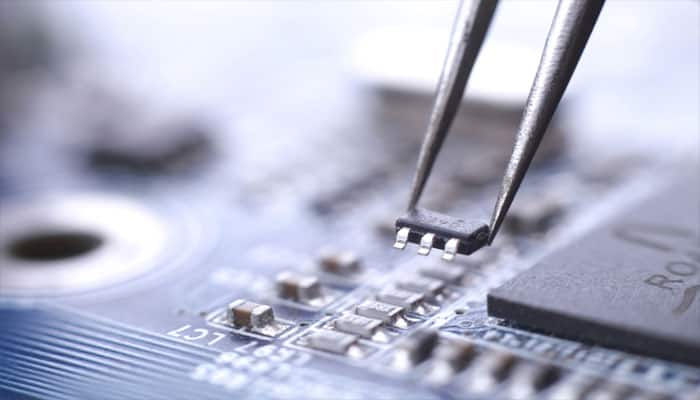Washington, D.C.: A research has been conducted recently to find answer for how to get to know a material that one cannot see.
Though recent discoveries, including a super-resolution microscopy which won the Nobel Prize in 2014, have greatly enhanced scientists' capacity to use light to learn about these small-scale objects, the wavelength of the inspecting radiation is always much larger than the scale of the nano-objects with features at the sub-micrometer scales such as quantum dots, nano-particles and nano-tubes, being studied.
A group of scientists, John A. Rogers, Eric Seabron, Scott MacLaren and Xu Xie, are reporting on the discovery of an important method for measuring the properties of nano-tube materials using a microwave probe.
For this study, scientists grew a series of parallel nano-tube lines, similar to the way nano-tubes will be used in computer chips.
As an inspection tool or metrology technique, this approach could have a tremendous impact on future technologies, allowing optimization of processing strategies including scalable enriched nano-tube growth, post-growth purification, and fabrication of better device contacts.
The study has been published in ACS Nano.
















